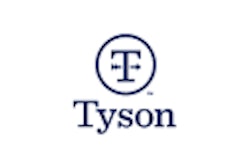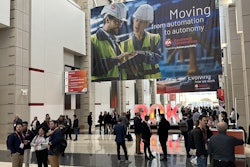Many of the ready-to-eat products that we consume today are cooked. Cooking kills pathogenic bacteria in food products. Cooking properly makes food safer to consume. The best manufacturing process for cooking a certain ingredient or product is the process that produces lethality as quickly as possible without adverse effect to the product.
Because ingredients and products are different, approaches to cooking are different. Products are cooked in batches, in vessels with warm surfaces or direct injection of steam. Products are also propelled continuously through warmed tubes using pressure or screw drives. Some cooking equipment uses a combination of batch and continuous cooking. Products might be cooked in stages or ingredients might be cooked separately before being combined into a final product. Cooking process efficiency is improved by equipment that quickly and consistently transfers heat into the product.
Pathogens are different also, bringing further variety to cooking processes. Killing some pathogens requires achieving a minimum temperature. Some pathogens die more quickly above a certain temperature. For example, there is a dramatic decrease in the time required to destroy both salmonella and listeria in ham, beef and turkey at temperatures above 131°F compared with the time required at temperatures below that point.
For control system integrator math nerds—such as my good friend John Parraga, who helped me with this article—lethality (cooking to kill pathogens) is the integral of temperature over time. Think of the integral as the area under the graph. The traditional approach, such as when baking a cake, is to simply hold at or above a certain temperature for a certain amount of time. Ignoring ramp-up, overshoot and undershoot, the area under the graph is a rectangle making the integral easy to calculate. But what about that area when ramping up—when we were above the lethal temperature but below the safe, conservative target temperature? What about the overshoot area?
If we could calculate all those areas, we would achieve the goal lethality more quickly. Mathematical integration does that. Integration of temperature-time profiles provides a reliable and convenient tool to ensure compliance with standards and optimize product quality—as quickly and efficiently as possible.
In an ISA-88 compliant solution, lethality is best implemented as an equipment module, a team of control modules that perform a task in a unit. A recipe phase might define parameters for lethality and two temperatures: a reference temperature at which lethality begins and a conservative target temperature at which lethality is assured. The equipment module controls to the target but integrates using the lethality temperature.
Lethality can help produce safe, quality products with shorter batch times. Everyone knows time is money.
Timothy S. Matheny, P.E., is president of ECS Solutions Inc., a certified member of the Control System Integrators Association (CSIA). He is also author of a paper on model-based control, presented to the ISA Food and Pharmaceutical Industry Division in 2014. To obtain a copy of Matheny’s paper, or for more information about ECS Solutions, visit its profile on the Industrial Automation Exchange.





















